Trump and Modi: A Comparison of Foreign Policy and Leadership
Trump and Modi: A Comparison of Foreign Policy and Leadership
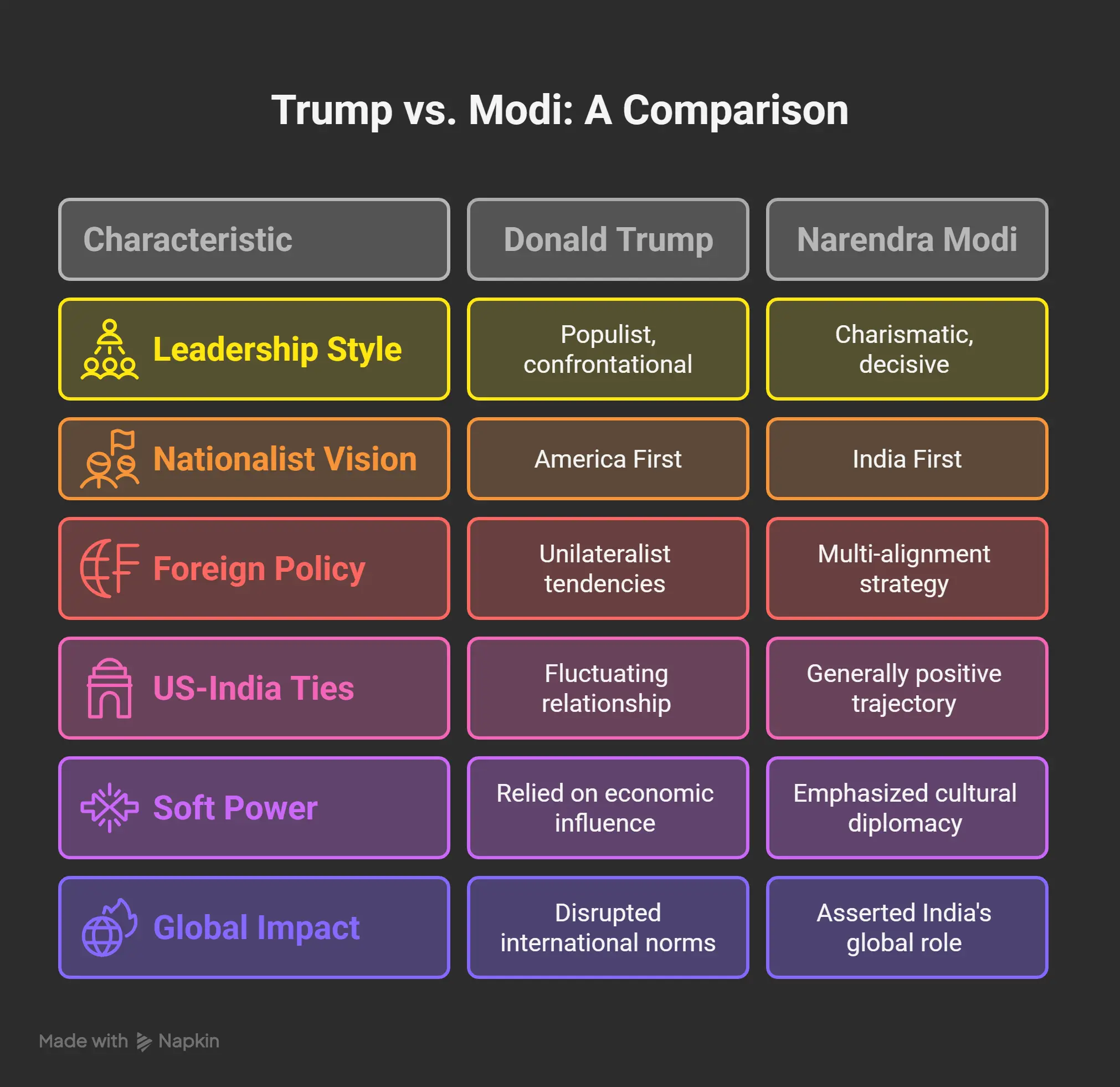
Both Donald Trump and Narendra Modi have displayed strong nationalist and populist leadership styles that focus on personal authority and direct communication. They often bypass traditional media channels. Trump is well-known for using social media to set the agenda, while Modi has favoured large rallies and social media announcements.
Observers point out that both leaders have energised a core base with anti-establishment messages and calls for national revival ("Make America Great Again" vs. "Make in India/Atmanirbhar Bharat"). The similarity of the U.S. election and India’s right is that "both Trump and Modi embody strongman tactics, rely on a passionate support base, and have increased polarisation".
Both are "fervent nationalists dedicated to strengthening their nations both domestically and internationally," said one reporter, and neither leader has shown much willingness to adhere to liberal internationalist principles. In summary, Trump and Modi have each developed a highly personalised, media-centric brand, celebrating their images as bold deal-makers while minimising pluralistic pressures at home.
Foreign Policy Similarities and Differences
In the realm of international relations, Trump and Modi exhibit some similarities but also significant differences. Both administrations have engaged in more transactional diplomacy compared to their predecessors. Trump’s "America First" policy included renegotiating trade agreements, criticising traditional alliances, and emphasising tangible benefits.
Similarly, Modi has developed new alliances (like closer US-India relations) and has engaged in big-power politics with a practical approach. Both leaders viewed their bilateral relationship in transactional terms; for instance, Trump urged India to purchase defense equipment, stating that the United States would be India’s "main defence partner".
However, there are significant differences. Trump placed India under intense trade pressure and referred to it as the "tariff king" and revoked its special trade status for agricultural products, Harley-Davidson motorcycles, and Honda motorcycles. Nevertheless, while Modi's Indian government has liberalized other areas, it has been more cautious on tariffs, which have led to trade tensions with the United States.
Trump's foreign policy was more focused on deals for himself, while Modi's was more a mix of independence and Western backing. Modi, for example, maintained good relations with Russia for arms and oil but also strengthened cooperation with America. World issues shifted during Trump's term: Modi made sure India was part of world forums and climate negotiations, while Trump pulled the U.S. out of the Paris Climate Accord and criticized world institutions.
Analysts noted that during Trump’s second term, he probably disregarded most of Modi's problems in India (e.g., India's support for Ukraine or the undermining of democracy domestically) as "not a concern" for Washington anymore.
Actually, both tried to approach nations with similar ways of thinking (e.g., strengthening US-India military relations and creating alliances with Israel), but both shifted their agendas to meet their own national interests instead of a shared ideology.
Soft Power, Nation-Branding, and Cultural Diplomacy
Both of them wanted to project the image of their nation globally, but on different fronts. Modi has worked to construct the soft power image of India: he launched big cultural programs (such as International Yoga Day at the UN and the huge "Howdy Modi" rallies), and the government has pitched programs such as Make in India and Swachh Bharat to project India as an ascending, independent nation.
Modi has also been conferred many awards by other nations, including the US Legion of Merit. These awards signal that India is becoming more powerful in the world. For example, the 2019 "Howdy, Modi!" in Houston had 50,000 people present, showing a great effort at reaching Indian-Americans.
In contrast, Trump’s approach did not significantly boost American soft power. Analyst Joseph Nye noted that global approval of the US under Trump fell sharply; only about 30% of international respondents viewed the US favorably, compared to much higher numbers during Obama’s presidency, and America’s position on global “soft power” rankings dropped considerably.
Trump seldom prioritised cultural diplomacy or collaborative nation-branding; his “America First” policy often involved cutting funding for international aid and organisations. According to Nye, Trump’s time in office “eroded America’s soft power.” While Modi highlighted India’s diverse heritage (for example, the Sanskrit idea of “Vasudhaiva Kutumbakam,” meaning the world as one family), Trump usually focused on national self-interest.
In conclusion, Modi has actively pursued a soft-power strategy (increasing consulates, cultural connections, and international projects), while Trump’s policies frequently weakened the traditional sources of U.S. appeal.
Implications for Diplomacy and Bilateral Relations (Conclusion)
The similarities and differences between Trump and Modi have direct effects on global diplomacy. Both leaders’ nationalist agendas indicate a focus on sovereignty and bilateral agreements instead of multilateral negotiations.
However, conflicts may emerge in areas such as trade, immigration, and climate. Trump’s potential tariffs or limits on skilled visas (H-1B) could clash with India’s economic model, just as Modi’s visa regulations and citizenship laws might raise U.S. concerns about migrants. Regarding climate and clean energy, experts caution that collaboration may “unravel” under Trump, who favours fossil fuels.
More generally, if both leaders see themselves as champions of a new ideological era, this could undermine efforts at liberal internationalism. Simultaneously, it may bolster a counter-alliance of populist democracies.
In the end, the similarities in style rather than identical policies appear to be the common thread: their personal connection and policy friendship are based on making “their nations stronger at home and abroad.” How this dynamic reshapes the global order will depend on whether similar right‑wing nationalist currents prevail in other countries and how existing institutions adapt to more transactional bilateralism.


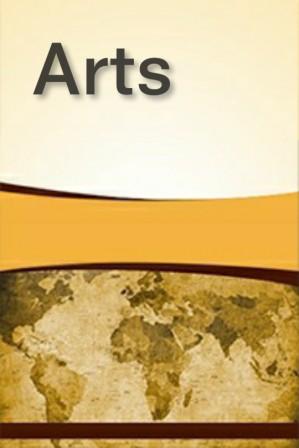

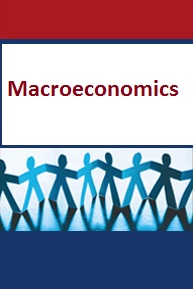

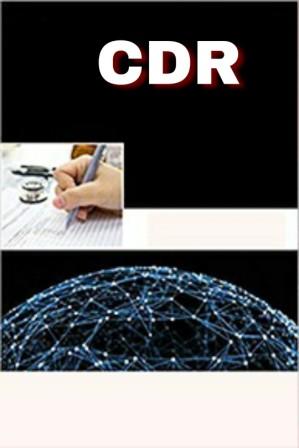






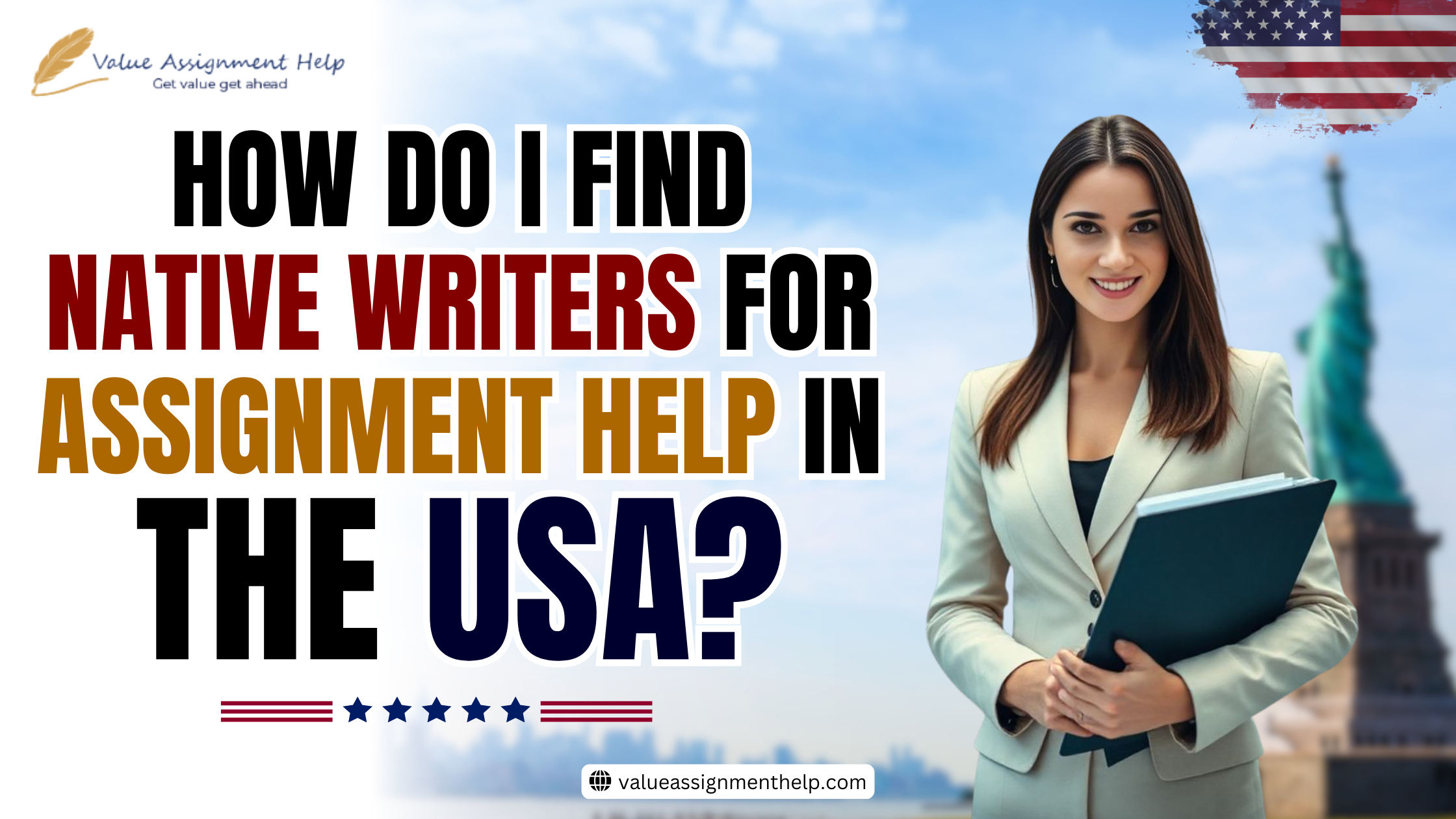
No Comments